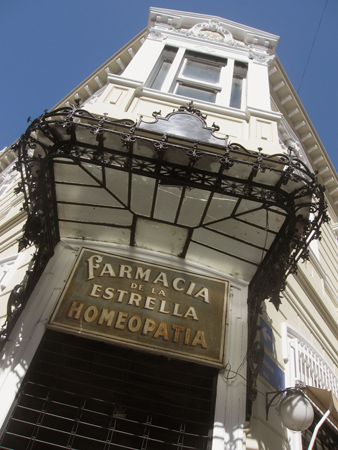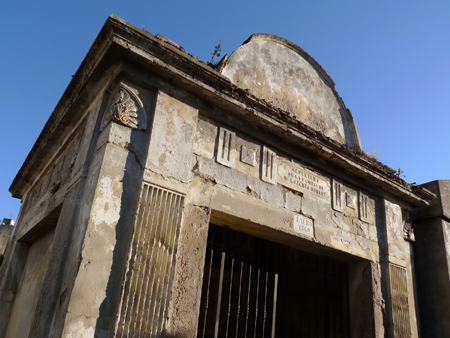
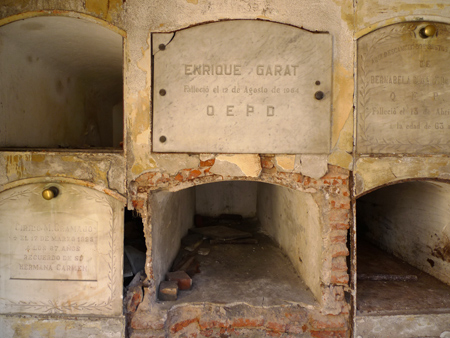
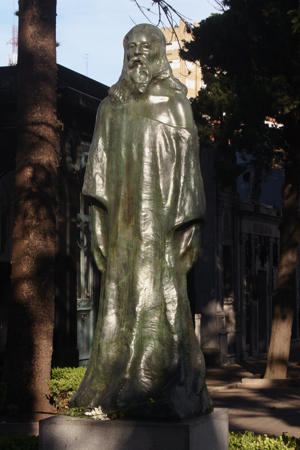
This 1914 sculpture by Pedro Zonza Briano occupies the former center of Recoleta Cemetery where a well was once located. Although famous during his lifetime, Zonza Briano has faded from current public memory. Another of his distinctive sculptures is seen by thousands of people every day as they walk from Plaza San Martín to the Retiro train station… an homage to Leandro N. Alem, founder of the UCR political party & one of the leaders of the 1890 Revolution:
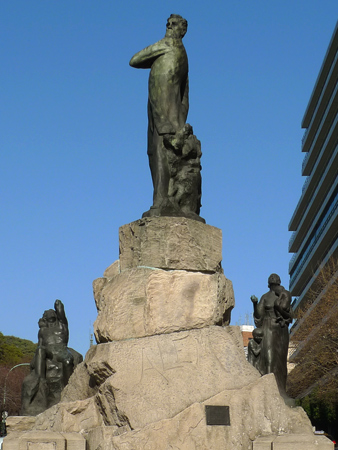
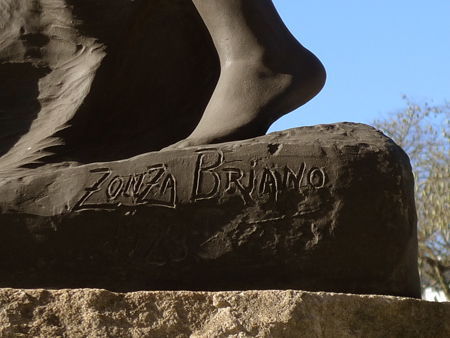
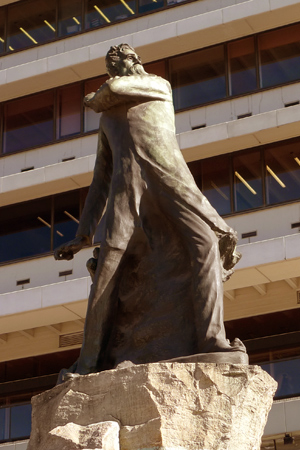
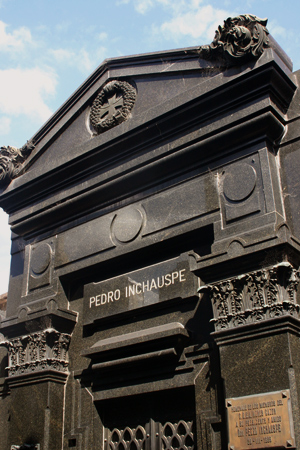
Many people who visit Recoleta Cemetery have heard about Perón’s policy of allowing Nazi war criminals safe haven in Argentina after World War II. But there is another, often neglected part of the story. Argentina could have easily been on the Allied side long before Perón came to power.
Argentina consulted the UK about declaring war on Axis powers in 1939 under the presidency of Roberto Ortiz. England had been Argentina’s chief creditor for decades & one of the major importers of Argentine grain & livestock. But Argentina was advised to maintain neutrality so they could continue to supply food to a nation at war. As a contrast to Ortiz’s willingness to involve Argentina in a conflict in another hemisphere, his government also issued an order to deny visas to any Jewish person trying to escape the Holocaust. His interests were obviously only economic.
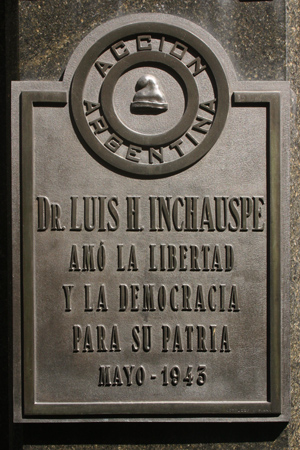
In a response to the horrors of Axis domination in Europe, Acción Argentina formed in 1940 led by ex-President Marcelo T. de Alvear. Although their motives were different than those of Ortiz, they might have been successful in taking Argentina to war if the US had not been attacked in 1941. Dropping their isolationist policy, the US requested at a conference in Rio de Janeiro that all American nations form a united front against Axis powers. To many —including Argentina foreign minister & Nobel Laureate Carlos Saavedra Lamas— the US request sounded like a way to extend their own power to South America & the request was rejected.
Other members of Acción Argentina included Victoria Ocampo, Nicolás Repetto, Alicia Moreau de Justo, & former President Agustín P. Justo. Although total membership was under 500, elite members gave the organization a strong voice.
For more info, check out a book by Andrés Bisso titled “Acción Argentina y las estrategias de movilización del antifascismo liberal-socialista en torno a la Segunda Guerra Mundial, 1940-1946.” Under US pressure, Perón’s predecessor declared war on Germany about 6 months before the conflict was over.
2 CommentsApologies to regular readers for the lack of posts lately. I can’t remember ever being this busy… ok, maybe in my senior year of high school, but that was a long time ago 🙂
Anyway, I’m off to Spain in a few hours & won’t be back in Buenos Aires until July, so this blog will take an extended break until then. It will definitely resume in two months time. There’s too much juicy material waiting to be published.
I had hoped to finish a self-guided PDF tour of Recoleta Cemetery by the end of March, but there has been little time for me to work on the design or edit text. It was a priority when I moved back to Buenos Aires in February, then all hell broke loose. When will it be complete? Good question. As soon as it is, I’ll let everyone know.
See you in July!
Good news: The PDF is now finished!
15 Comments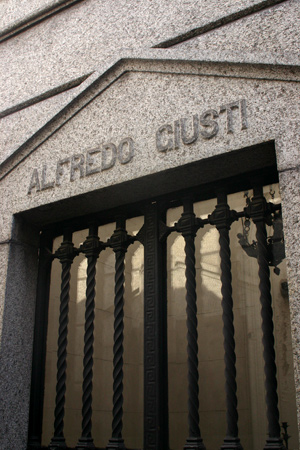
A single plaque states that Alfredo Giusti was the director & president of the Droguería de la Estrella for almost half a century, from 1906 to 1950:
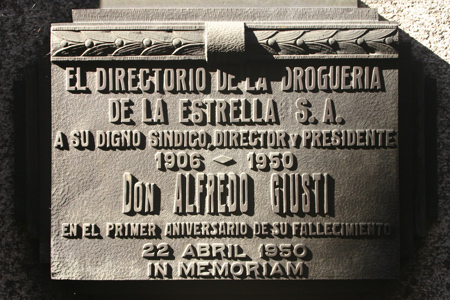
As the oldest surviving business in Buenos Aires, the Droguería de la Estrella sits one block from Plaza de Mayo on the corner of Alsina & Defensa. The shop also has the distinction of being the first pharmacy in the city when it opened in 1834. Then known as the Farmacia de la Estrella, its location across the street from the Iglesia de San Francisco began a trend… all early pharmacies were placed near churches so patrons could use their bell towers as beacons.
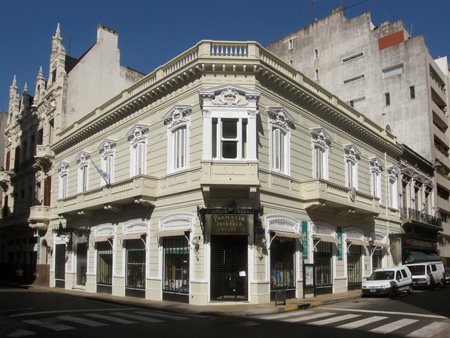
In 1969, the building was saved from demolition & pharmacy murals restored to their original condition. Currently, the Museo de la Ciudad occupies the upper floor & uses some of the storefront for window displays about life in Buenos Aires:
